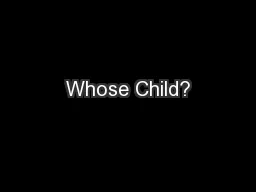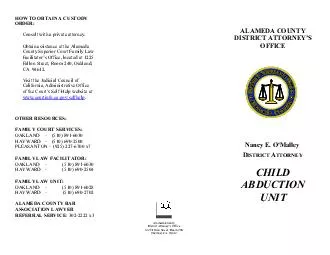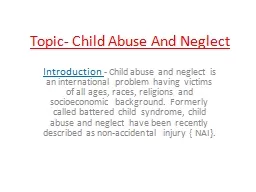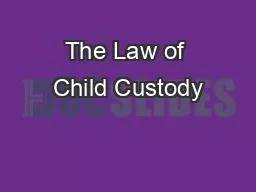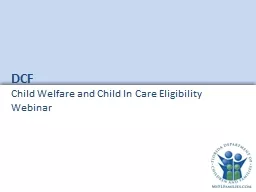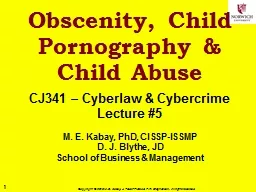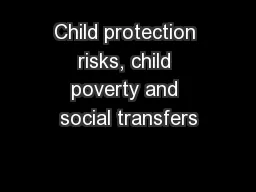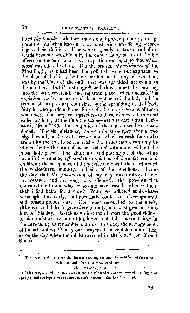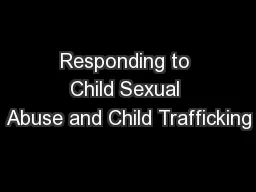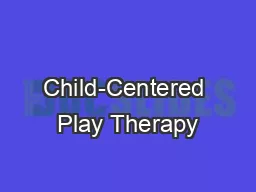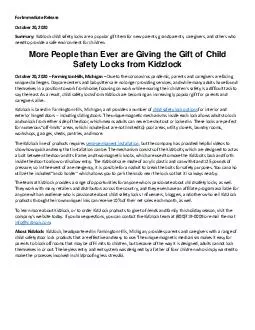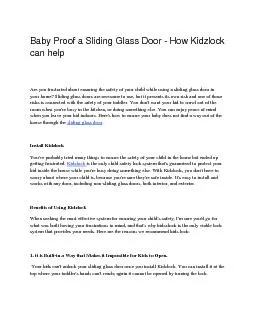PPT-Whose Child?
Author : alexa-scheidler | Published Date : 2017-07-05
TRAIN THE TRAINER TOOLKIT 20132014 Children and Families Across Borders Email privatefosteringcfaborguk Tel 44 020 7735 8941 Registered Charity no 1085541 CFAB
Presentation Embed Code
Download Presentation
Download Presentation The PPT/PDF document "Whose Child?" is the property of its rightful owner. Permission is granted to download and print the materials on this website for personal, non-commercial use only, and to display it on your personal computer provided you do not modify the materials and that you retain all copyright notices contained in the materials. By downloading content from our website, you accept the terms of this agreement.
Whose Child?: Transcript
Download Rules Of Document
"Whose Child?"The content belongs to its owner. You may download and print it for personal use, without modification, and keep all copyright notices. By downloading, you agree to these terms.
Related Documents

